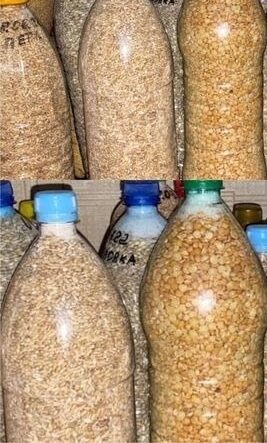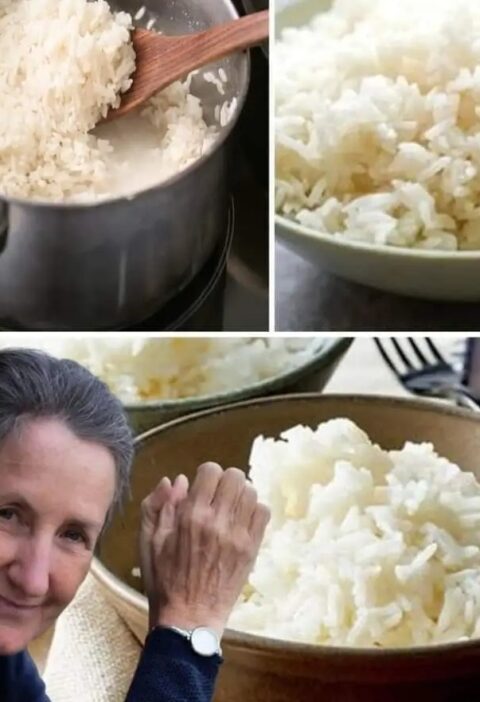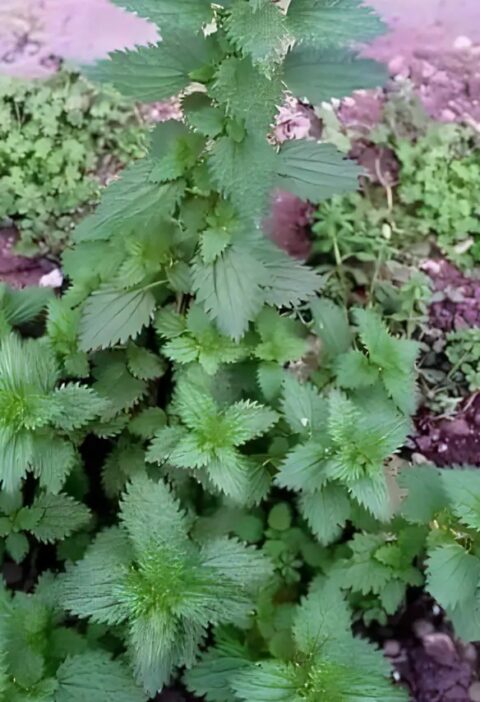Storing rice properly is essential for maintaining its quality, freshness, and taste over an extended period. Improper storage can lead to issues such as moisture absorption, pest infestation, and loss of flavor. One effective method gaining popularity is using bottles for rice storage, offering a convenient and efficient way to keep your rice fresh for longer durations. In this article, we’ll explore a step-by-step guide to the bottle storage method for rice, ensuring optimal preservation and kitchen convenience.
Why Choose Bottle Storage for Rice?
- Preserves Freshness: Bottles provide an airtight and moisture-resistant environment, safeguarding rice from staleness and moisture-related issues.
- Protects Against Pests: Sealed bottles prevent pests such as insects and rodents from accessing and contaminating your rice supply.
- Space-Efficient: Bottles neatly stack or line up in storage areas, maximizing space utilization in pantries or kitchen cabinets.
- Easy Monitoring: Transparent bottles allow visual inspection of rice levels and quality without opening containers, helping you manage your rice supply efficiently.
Step-by-Step Bottle Storage Method:
1. Gather Supplies:
- Clean and dry plastic or glass bottles with tight-sealing lids (e.g., recycled soda bottles, mason jars).
- Quality rice suitable for long-term storage (e.g., white rice, brown rice, jasmine rice).
2. Prepare the Bottles:
- Wash bottles thoroughly with hot, soapy water to remove any residues or odors. Rinse and air-dry completely before use.
- Ensure bottle lids are clean and free from rust or damage that may compromise sealing.
3. Select and Measure Rice:
- Choose the type of rice you wish to store based on your preferences and cooking needs.
- Measure the desired quantity of rice to fill each bottle, leaving some headspace at the top for expansion and proper sealing.
4. Fill the Bottles:
- Using a funnel or scoop, carefully fill each bottle with the measured rice. Avoid spills and ensure even distribution within the bottles.
5. Seal Airtight:
- Securely fasten the lids onto the bottles, ensuring a tight and airtight seal. Check for any gaps or loose fittings and adjust as needed.
- Tight seals prevent air and moisture from entering, preserving rice freshness and texture.
6. Label and Date:
- Label each bottle with the type of rice and the date of storage. This information helps track freshness and rotation for optimal usage.
7. Store Properly:
- Place the sealed rice bottles in a cool, dry, and dark storage area away from direct sunlight, heat sources, and humidity.
- Avoid storing bottles near strong odors or chemicals that may affect rice quality.
8. Monitor and Rotate:
- Periodically check stored rice for signs of spoilage, pests, or odors. Discard any compromised batches promptly.
- Use a first-in, first-out (FIFO) approach to rotate rice stocks, ensuring older batches are used before newer ones.
Tips for Successful Bottle Storage:
- Quality Containers: Use high-quality, food-grade bottles with reliable sealing mechanisms to maintain freshness.
- Avoid Moisture: Ensure rice and bottles are completely dry before storage to prevent moisture buildup and mold growth.
- Pest Prevention: Store rice away from areas prone to pests, and consider adding silica gel packets or bay leaves to deter insects.
- Regular Inspection: Routinely check stored rice for quality, and replace bottles or rice as needed to uphold freshness standards.
By following this step-by-step bottle storage method, you can extend the shelf life of your rice, preserve its flavor and nutritional value, and enjoy consistently delicious meals without concerns about spoilage or deterioration. Incorporate proper storage practices into your kitchen routine for optimal food storage and culinary satisfaction







